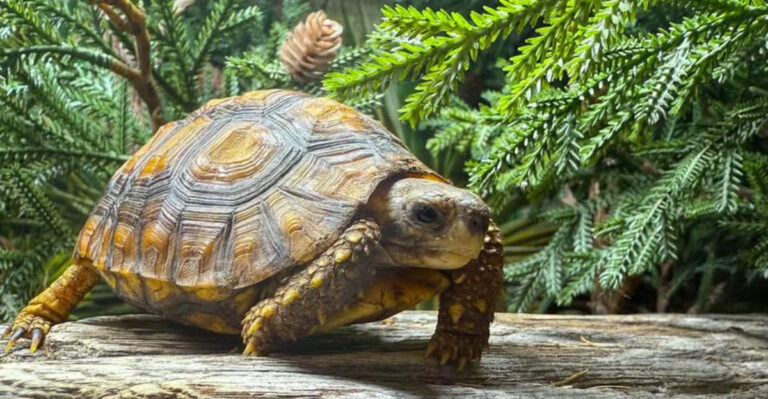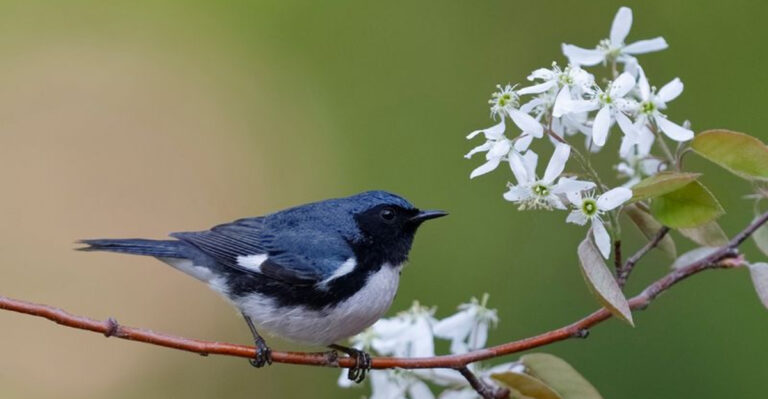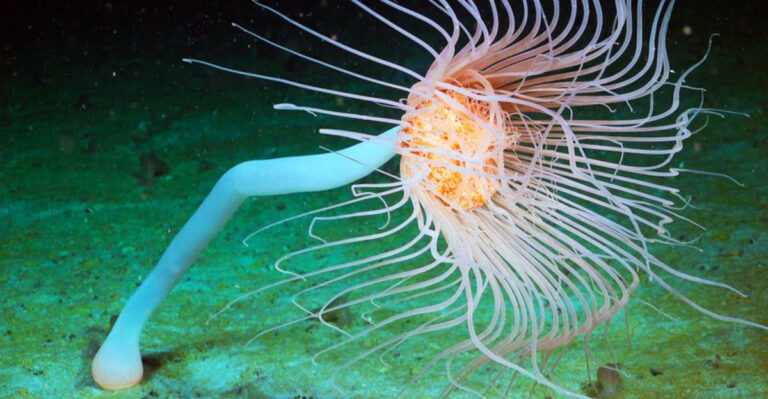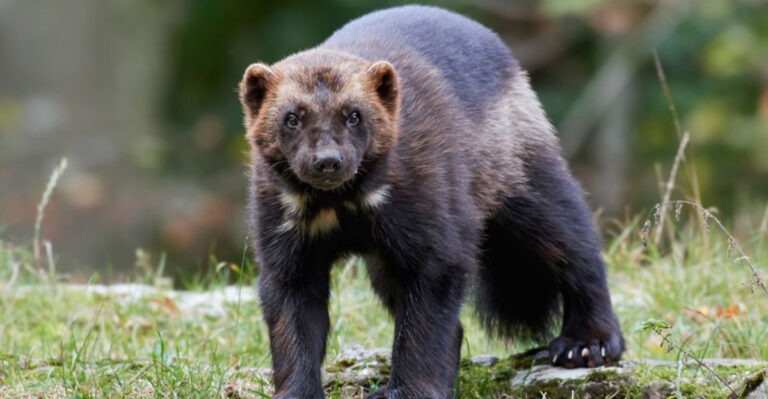The Most Common Wild Cat In 15 U.S. Regions (And How To Spot Them)
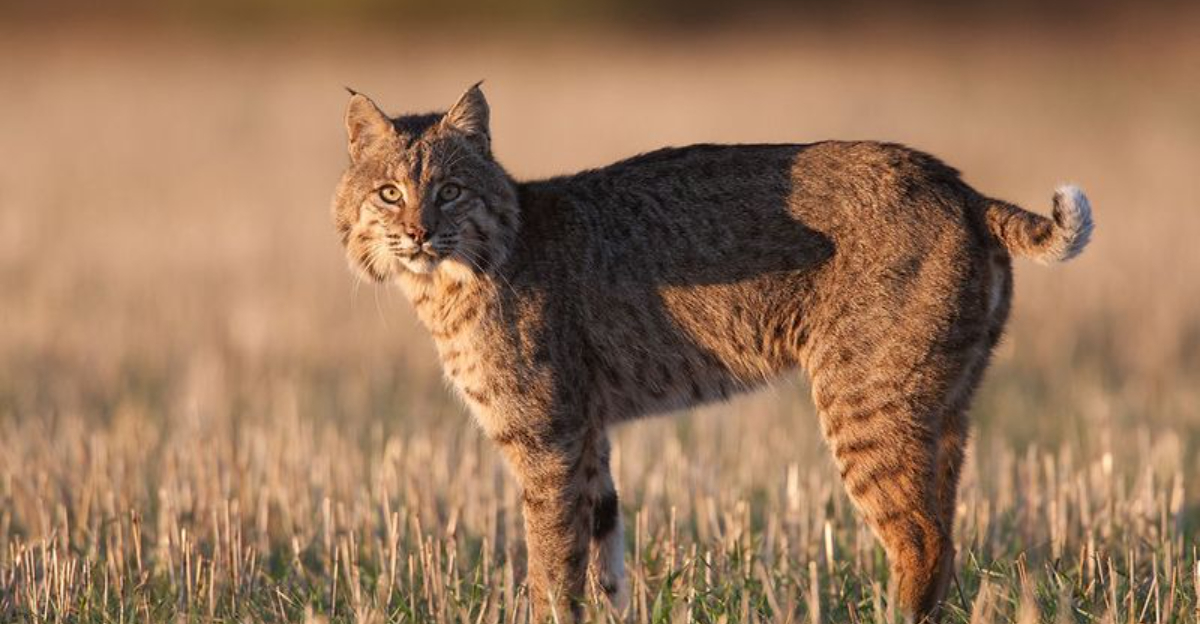
Wild cats prowl across America, often hiding in plain sight. From mountain lions stalking the Rockies to bobcats sneaking through suburban backyards, these elusive predators have adapted to diverse landscapes.
Knowing which feline might be watching from the shadows adds an exciting dimension to outdoor adventures – here’s your guide to spotting the most common wild cat in each region.
1. Pacific Northwest’s Shadow Hunter: The Cougar
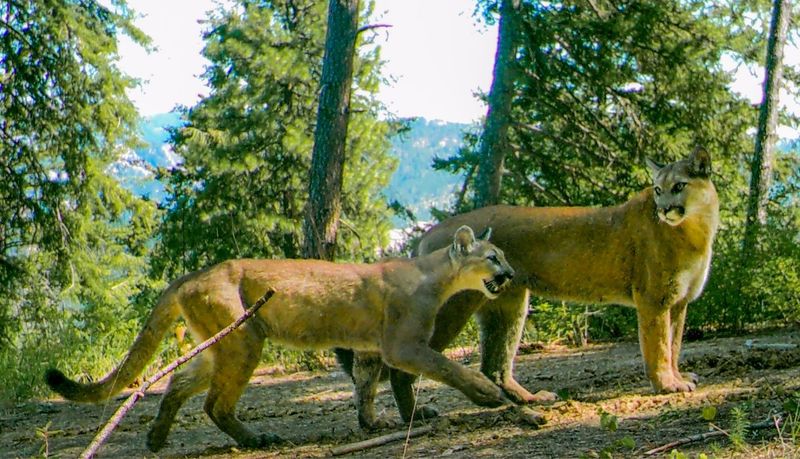
Silent as falling rain, cougars leave distinctive signs for observant hikers. Look for scrapes at the base of trees where they’ve marked territory.
Their large, rounded tracks lack claw marks – unlike dogs – and measure up to 4 inches across. Dawn and dusk offer your best chance of glimpsing these tawny hunters slipping between Douglas firs.
2. Rocky Mountain’s Apex Predator: Mountain Lion
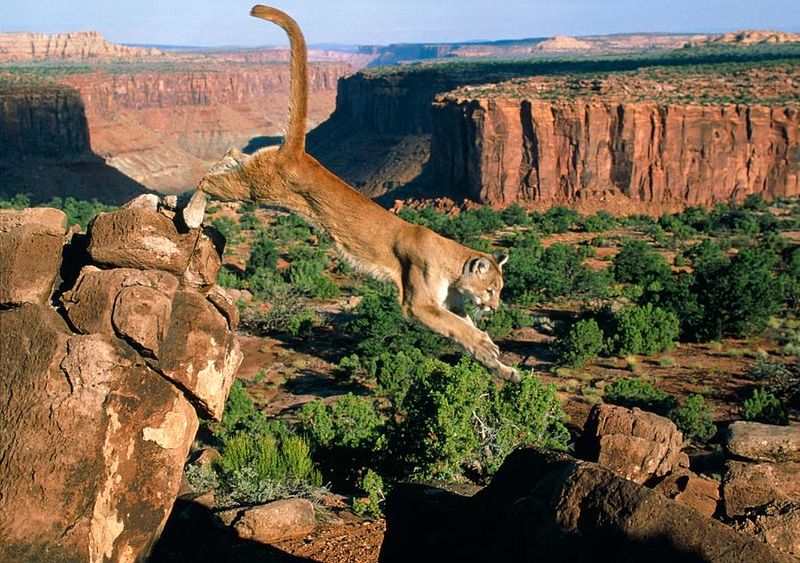
Hiking a mountain trail can feel eerie when unseen eyes seem to follow your every step. Mountain lions in the region have an astonishing ability to leap 15 feet vertically and cover 40 feet in a single bound.
Rocky outcroppings and canyon edges become prime spots for spotting them at dusk. Signs of their presence include disturbed ground and scattered leaves, and their chilling call, often mistaken for a woman’s cry, echoes through the mountains.
3. Desert Southwest’s Adaptable Bobcat
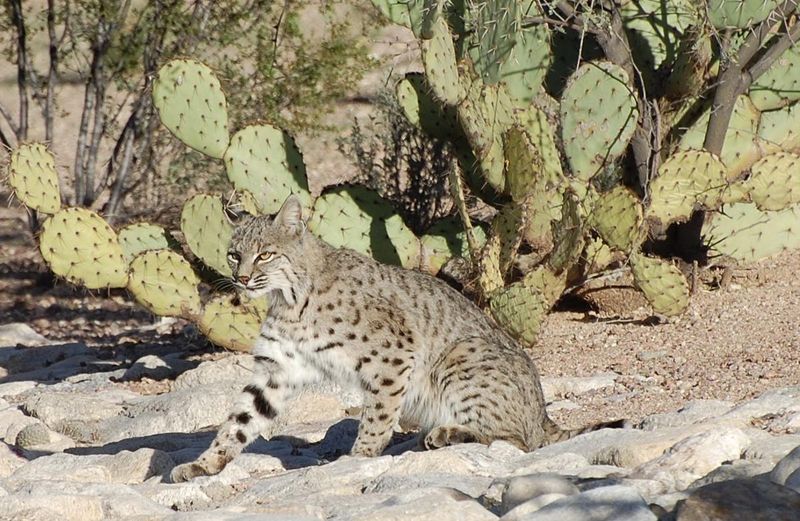
Smaller than you might expect, these spotted hunters thrive where others perish. Their concentrated urine smells distinctly like buttered popcorn – a weird but useful identification clue!
Watch for bobcats around desert washes and canyon bottoms, especially after rain. Their stubby tails, tipped with black only on top, distinguish them from young mountain lions. Listen for their distinctive bark-howl at dusk.
4. California Coastal Range’s Secretive Bobcat
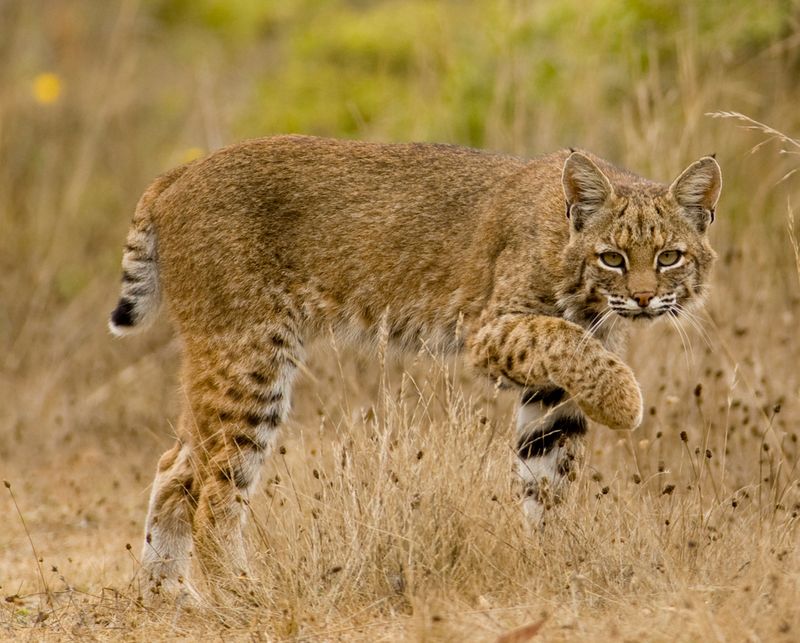
Silent and elusive, adaptable hunters roam chaparral and oak woodlands just minutes from busy city streets. Tracks reveal a unique two-lobed heel pad, easily distinguished from domestic cats.
Dawn is the perfect time to scan brushy hillsides with binoculars, where movement often betrays their presence. Rusty-spotted coats seamlessly blend with California’s golden hills and dappled oak shadows.
5. Great Plains’ Elusive Bobcat
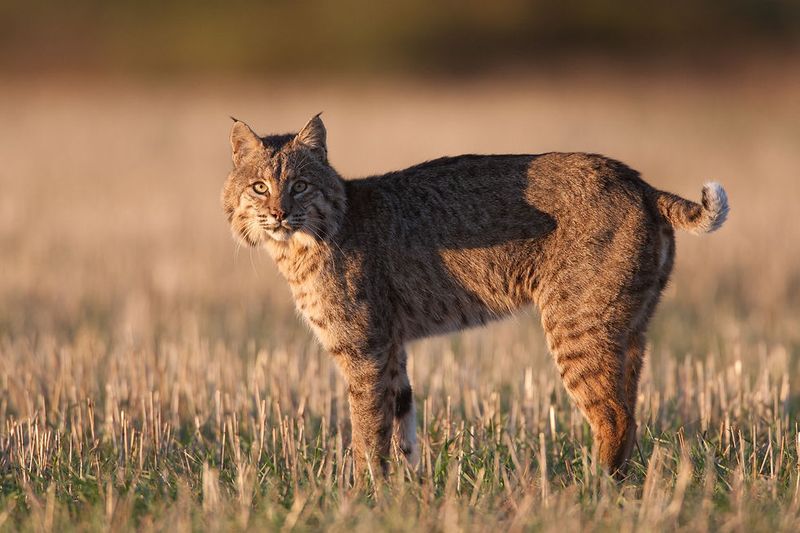
Muscular and stealthy, prairie predators navigate gullies and creek beds like hidden highways. Rarely venturing into open ground, they favor fence lines and brushy draws for cover.
Tracks reveal four round toe pads paired with a two-lobed heel pad, making identification easier. Abandoned farm buildings and overgrown homesteads offer prime hiding spots, while grass-covered humps often mark where they’ve stashed meals.
6. Northeast’s Returning Wildcat: The Bobcat
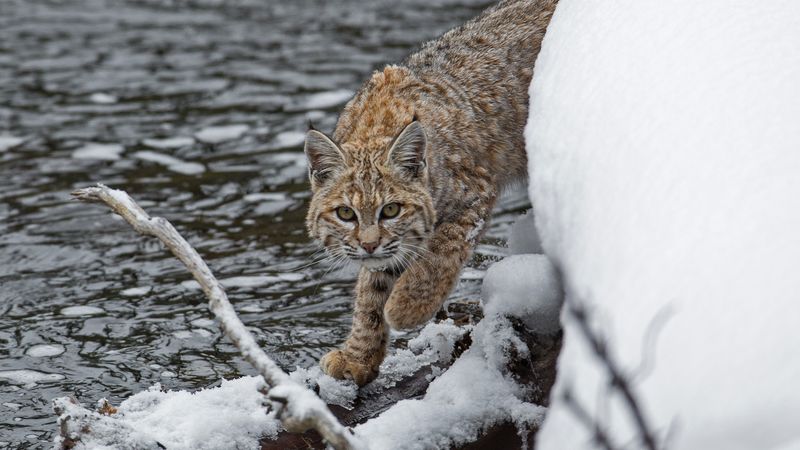
Like woodland ghosts, bobcats have reclaimed northeastern forests after near-extirpation. Their population has exploded by 800% in some states since the 1970s!
Check rocky ledges and south-facing slopes where they sunbathe even in winter. Their tracks often show a distinctive diagonal walking pattern through snow. Trail cameras near beaver ponds and wetland edges frequently capture these spotted hunters at dawn.
7. Appalachian Mountain’s Vanishing Ghost: Eastern Cougar
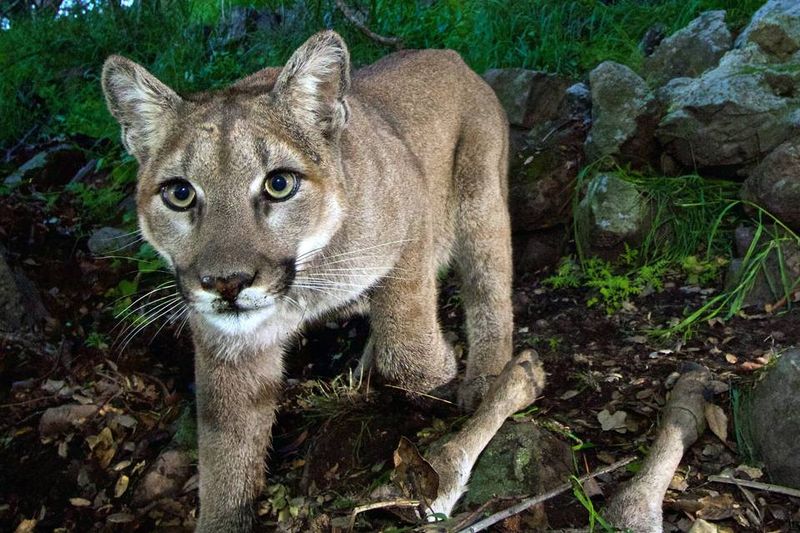
Officially declared extinct in 2018, something still prowls these ancient mountains. Credible sightings continue yearly – escaped pets, western migrants, or surviving natives?
Scan ridgelines at dawn and dusk with powerful binoculars. Their long, thick tails distinguish them from bobcats. Listen for deer snorting alarms in sequence along a moving line – a telltale sign of a large predator’s approach through mountain laurel thickets.
8. Florida’s Water-Loving Panther
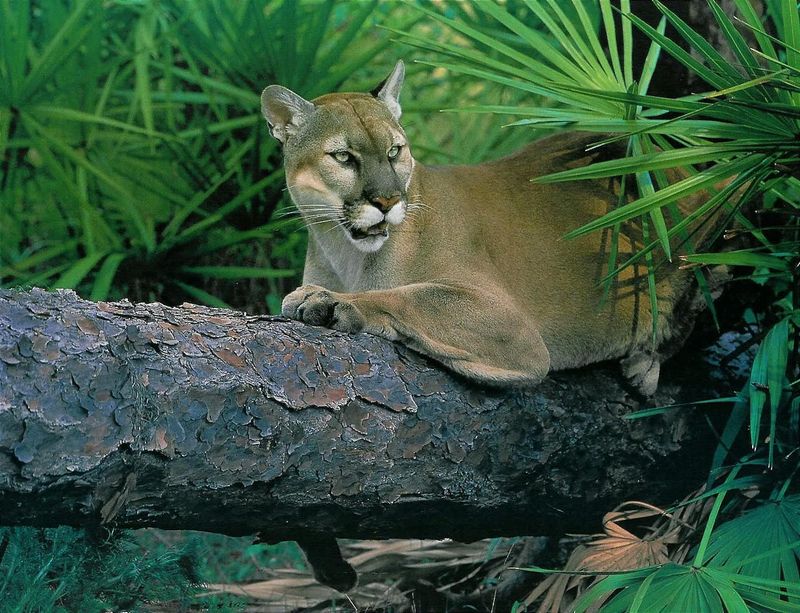
Kinked tails and cowlicks betray these endangered cats – genetic quirks from their tiny breeding population. Once down to just 20 animals, careful conservation has helped them rebound.
Look for their distinctive tracks in muddy areas near cypress swamps. Unlike bobcats, they often wade through shallow water when hunting. Dawn drives along rural Collier County roads sometimes yield sightings of these tawny ghosts crossing between protected areas.
9. Gulf Coast’s Swamp Stalker: The Bobcat
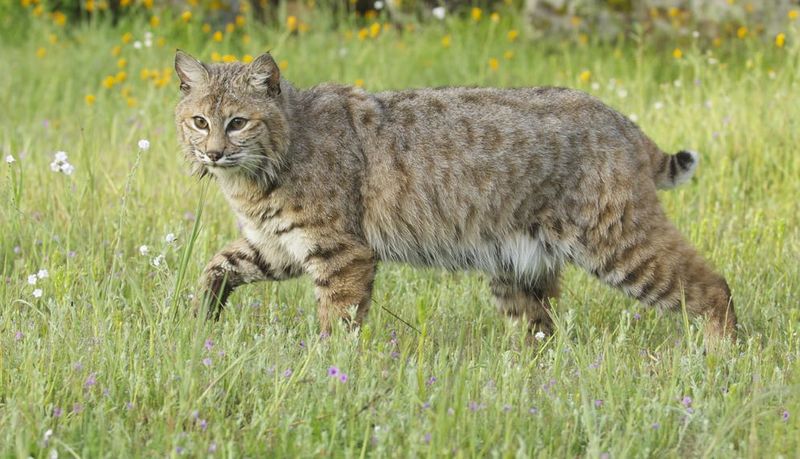
Webbed between their toes, Gulf Coast bobcats practically paddle through flooded forests. Their scat often contains nutria remains – an invasive rodent they’ve developed a taste for.
Scan mudflats at low tide for their distinctive prints. Unlike domestic cats, they don’t mind getting wet and frequently hunt along shorelines. Listen for their startling scream – often mistaken for fighting foxes – echoing through bayous at dusk.
10. Midwest’s Farmland Phantom: Bobcat
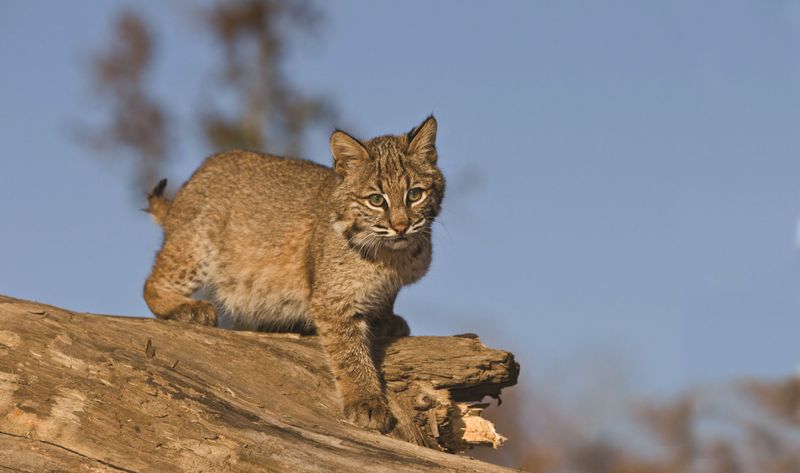
Thriving where woodlots meet cornfields, these adaptable hunters have expanded their range by 33% since 2000. Their scat often contains rabbit fur and small rodent bones – farmers’ allies against crop pests!
Look for scratch marks on fallen logs where they sharpen claws and mark territory. Unlike raccoons, their tracks show no claw marks and have a distinctive two-lobed heel pad.
11. Desert Southeast’s Spotted Acrobat: Bobcat
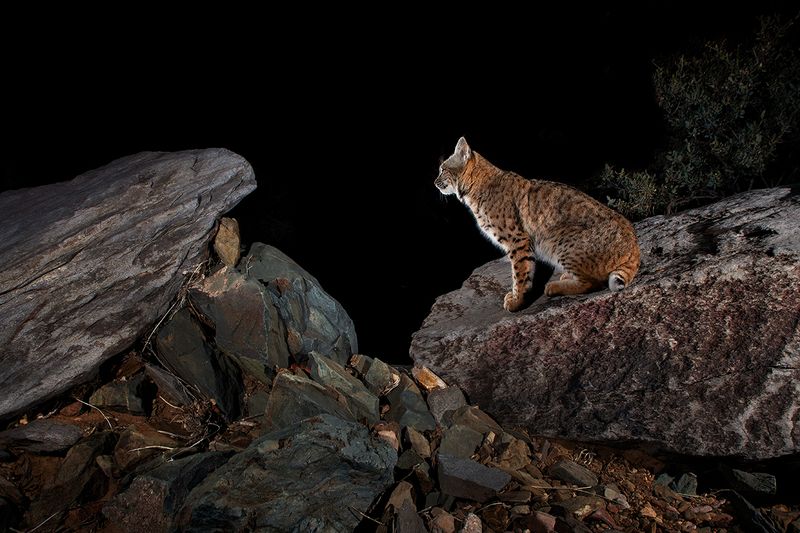
Surviving where temperatures hit 120°F, these hardy cats get most moisture from prey. Their concentrated urine crystals sparkle under UV light – a trick researchers use to find territories.
Their tracks show asymmetrical toe arrangements unlike perfectly symmetrical domestic cat prints. Listen for their raspy, cough-like calls echoing through canyons during January breeding season.
12. Texas Hill Country’s Versatile Hunter: Bobcat
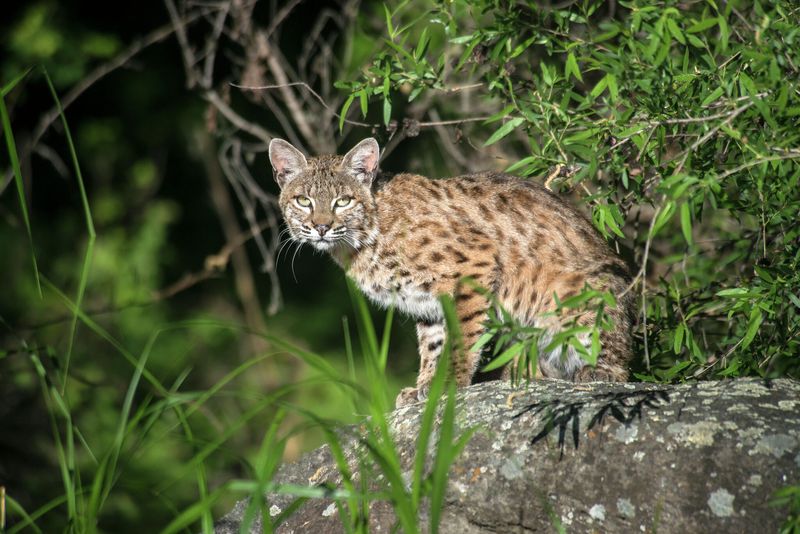
Equally at home in cedar brakes or suburban greenbelts, these adaptable cats thrive despite human encroachment. Their distinctive bark-howl often startles campers who mistake it for a lost dog.
Look for their territorial scrapes on trail edges – small piles of leaves and dirt marked with scat. Unlike coyotes, they rarely travel open ground in daylight. Trail cameras near limestone caves and water sources frequently capture these spotted hunters.
13. Northern Rockies’ Snowshoe Specialist: Lynx
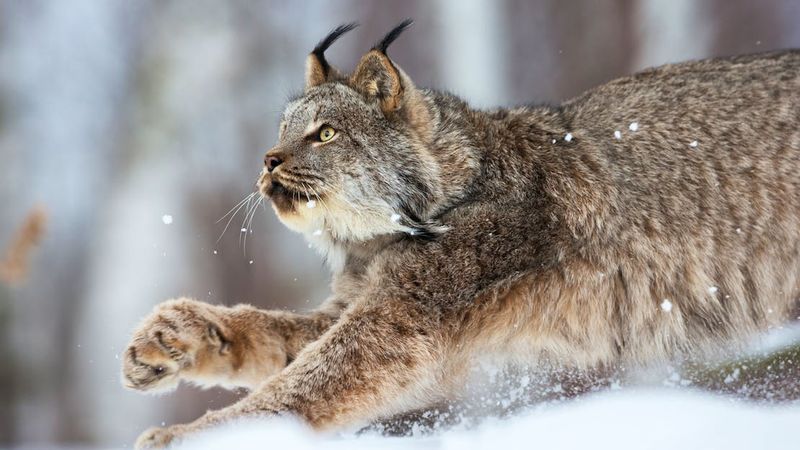
Ghostly predators seem to float effortlessly atop deep snow, thanks to their wide, snowshoe-like paws. Tufted, triangular ears and a dramatic facial ruff set them apart from similar-sized bobcats.
Silver-gray coats and fully black-tipped tails further distinguish these elusive hunters. Following snowshoe hare trails in spruce forests at dawn sometimes offers lucky trekkers a fleeting glimpse.
14. Great Basin’s Desert Shadow: Mountain Lion
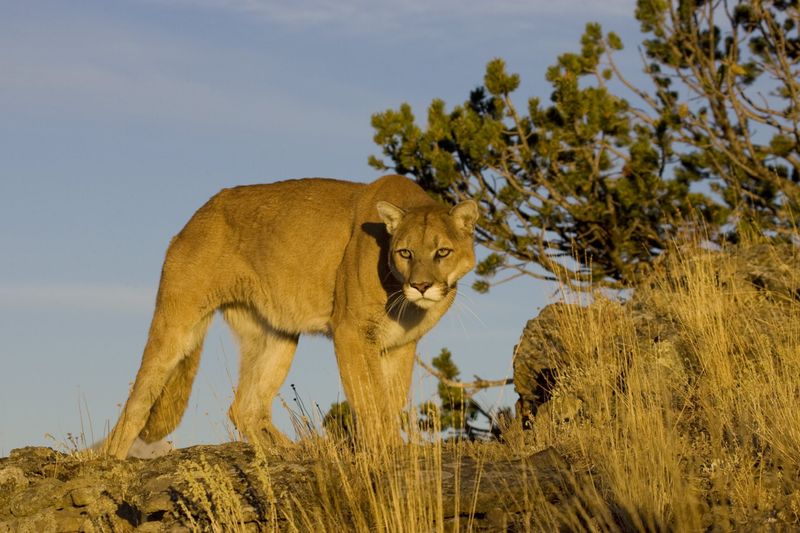
Incredibly adaptable, these powerful cats survive in America’s driest landscapes by following mule deer herds. A single cat may patrol a territory larger than Rhode Island!
Scan rimrock edges at dawn with spotting scopes. Their tracks often show a distinctive three-lobe heel pad unlike any other cat. Listen for the distinctive warning chirps of pinyon jays – often the first indication a mountain lion is moving through juniper woodlands.
15. Alaska’s Northern Phantom: Lynx
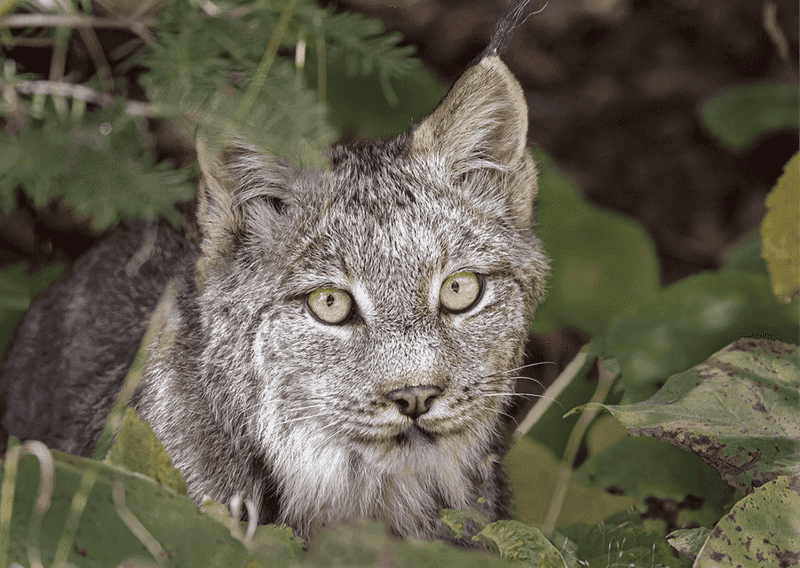
Built like living snowshoes, these boreal specialists follow snowshoe hare population cycles. When hares crash every decade, lynx numbers plummet by up to 90%!
Their huge, fur-covered paws leave distinctive round tracks in snow. Unlike wolverines, they travel with a perfect bounding gait. Winter trips along frozen rivers sometimes yield sightings as they cross between hunting territories in spruce forests.


